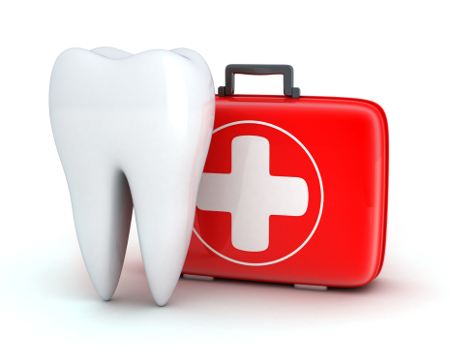Because Every Tooth Deserves Care.
How Long Should You Wait to Brush Your Teeth After Eating? (The 30-Minute Rule)
Language :

Mario's Mistake: The Healthy Habit That Was Hurting His Teeth
Mario leaned back in his chair, stomach full and satisfied after a delicious lunch featuring his nonna’s famous lemon chicken and a tall glass of tomato juice. As he stood up, he felt that familiar, virtuous urge. Time to brush. Keeping his teeth healthy was all about consistency, right? Brushing after every meal was the gold standard for fighting decay.
Or so he thought.
What Mario believed was a "healthy habit" was actually a false flag operation in his oral care routine—something that seemed beneficial but was quietly causing harm. If only he had known what his dentist, Dr. Ellis, would explain to him just a week later during his check-up.
“Mario,” Dr. Ellis had said, pointing to a model of a tooth, “you’re brushing with the best intentions, but you’re brushing at the worst possible time.”
The Acid Attack You Never Feel
The problem isn't the brushing; it’s the timing.
When we eat or drink acidic things—like that lemon chicken, tomato juice, but also soda, coffee, wine, and even healthy citrus fruits—the pH level in our mouths drops dramatically. This acidic environment temporarily softens and weakens our tooth enamel, the hard, protective outer layer of our teeth.
“Think of enamel like a hard, mineral-rich shield,” Dr. Ellis explained. “Acid makes that shield porous for a little while. If you take a toothbrush to it during this vulnerable window, you’re not just brushing away plaque. You’re essentially scrubbing away the softened enamel itself.”
The scariest part? Unlike a scratch on your skin, enamel doesn’t grow back. Once it’s worn away, it’s gone for good, leading to irreversible damage, increased sensitivity, and a higher risk of cavities.
The 30-Minute Rule: Why Patience is a Virtue for Your Teeth
So, when is the right time to brush?
Dental experts, including the Academy of General Dentistry, recommend waiting at least 30 to 60 minutes after eating or drinking before you brush.
This waiting period isn’t just about killing time. It’s a critical window for your mouth to heal itself. Your saliva is your body’s natural defense system. During that half-hour, saliva goes to work neutralizing the acids and washing away food particles. It also begins the process of remineralization, slowly restoring calcium and other minerals to the enamel, allowing it to re-harden and face the bristles of your toothbrush without fear.
Smarter Habits for Stronger Enamel
Mario left the dentist’s office with a new game plan. Instead of rushing to the sink after a meal, he now practices these enamel-friendly habits:
-
Brush Before Breakfast (or Lunch): This is the ultimate pro-move. Brushing before you eat ensures your teeth are clean and protected with fluoride before the acid arrives. It also helps reduce the plaque that acids would otherwise feed on.
-
Rinse Immediately After Eating: If you feel the need to clean your mouth after a meal, simply swish vigorously with plain water. This helps to dilute and wash away acids and food debris without any abrasive action.
-
Chew Sugar-Free Gum: Pop a piece of sugar-free gum, especially one containing xylitol. Chewing gum stimulates saliva flow, which is your mouth’s fastest way to neutralize acid and return to a safe pH level.
For Mario, this small change—swapping immediate brushing for a patient rinse—was a revelation. It wasn’t about brushing less; it was about brushing smarter. Protecting your enamel is one of the most important things you can do for your long-term oral health, preventing sensitivity, cavities, and the need for costly restorative treatments down the line.
Sometimes, the best form of prevention isn’t immediate action, but a little patience.
Do you wait 30 minutes after eating to brush? Share your thoughts in the comments below!




